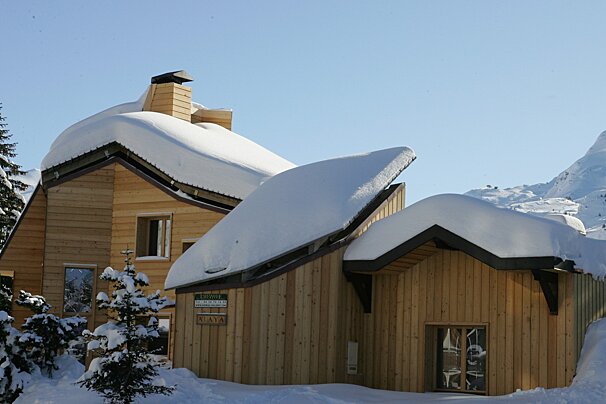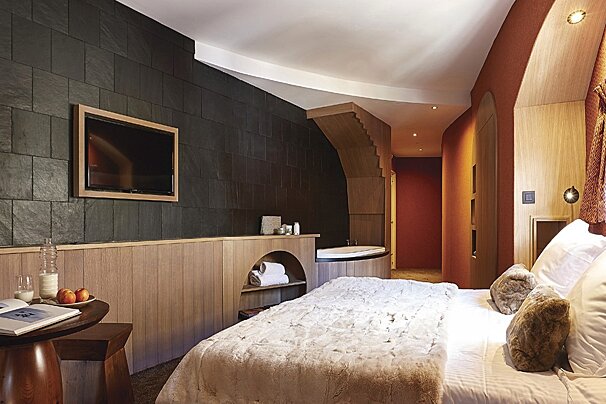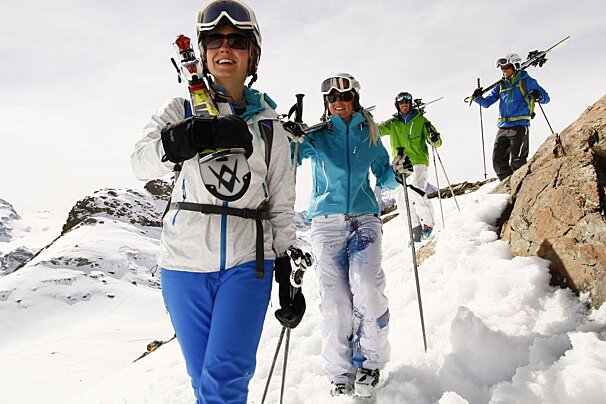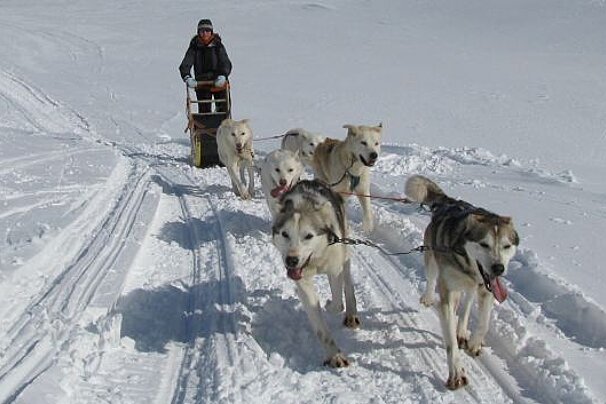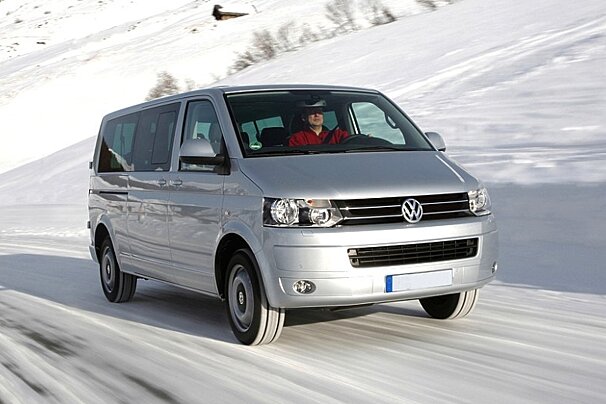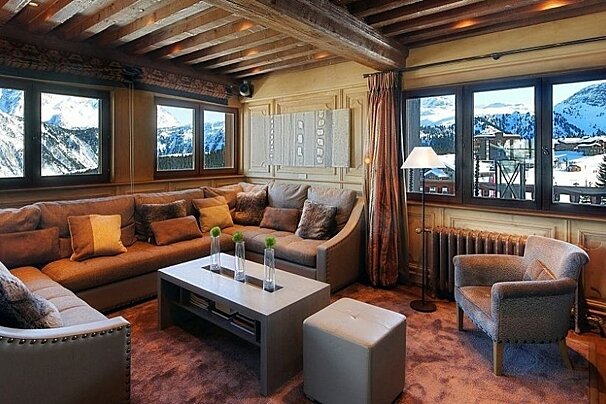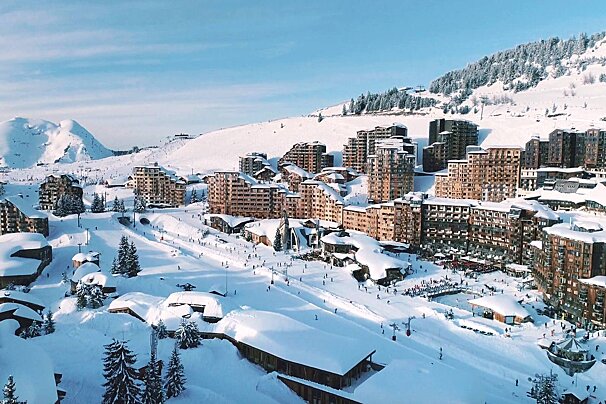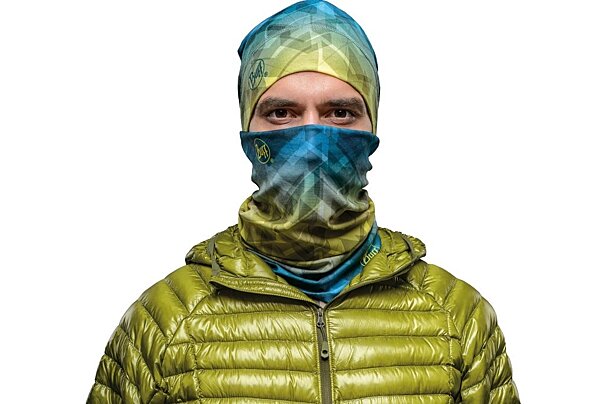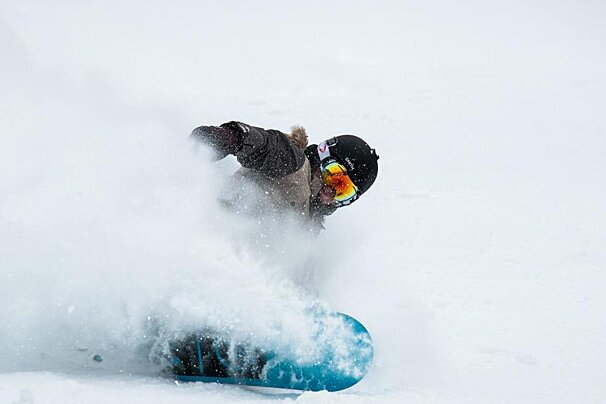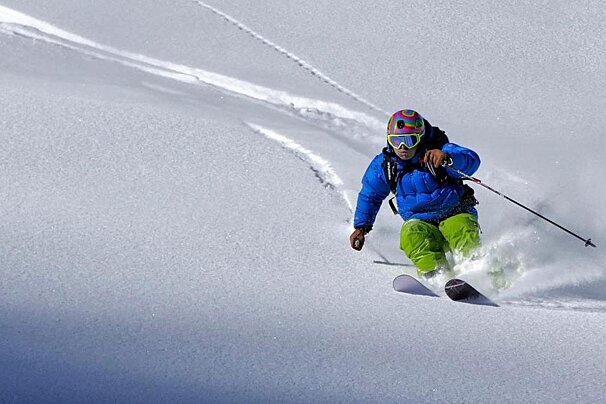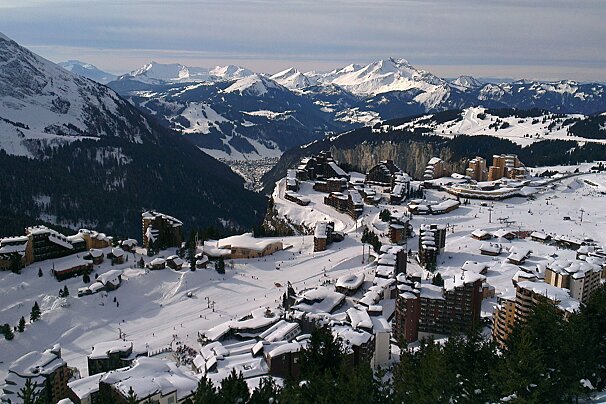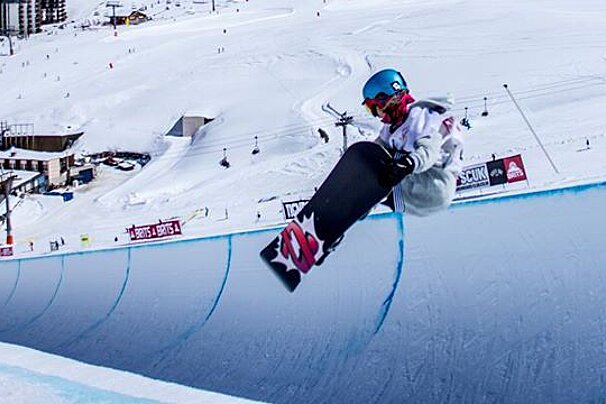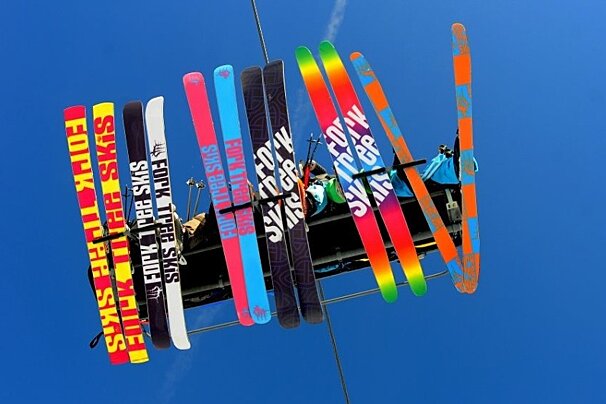
Hiking in Avoriaz
Discover the top Avoriaz walking areas
Whether you're after a gentle stroll or a challenging mountain adventure, Avoriaz is a brilliant place to explore on foot. In both summer and winter, walking and hiking are a great way to take in the Alpine scenery, with everything from forest trails to high ridgelines and views stretching all the way to Mont Blanc. With well-marked routes, lift access and options for all levels, it’s one of the best ways to enjoy the mountains at your own pace.
Avoriaz and the wider Portes du Soleil area offer fantastic opportunities for walking and hiking, with over 800 kilometres of marked summer trails winding through forests, mountain ridges, alpine farms and lakes. Whether you're following a short local path to the Lac de Montriond or tackling a longer route that crosses into Switzerland, there's something for every level of walker. Lift passes are available in summer, making it easier to reach high-altitude routes and enjoy the views without a long climb.
Family friendly walking in Avoriaz
Families will find gentle trails suitable for children, while more experienced hikers can explore longer, more demanding paths through remote terrain. It’s a good idea to stop by the tourist office for up-to-date trail information, maps and weather forecasts. If you're heading higher or planning a full-day hike, it’s worth speaking to one of the local mountain guides who can offer advice or even take you out on a guided walk.
Trail running in Avoriaz
Trail running is also hugely popular in the area, with over 400 kilometres of marked routes in the Portes du Soleil alone. Routes are graded from easy to expert, and include scenic ridgeline skyruns, vertical kilometre climbs and enduro trails. In nearby Morzine, there are discovery routes in the Vallée de la Manche, shorter loops in the Vallée des Ardoisières and routes linked to the Trail des Hauts Forts. Many can be accessed via the summer lift system.
Winter walking
In winter, Avoriaz is just as welcoming for walkers. A network of groomed paths means you can still enjoy the landscape on foot, with or without snowshoes. Warm layers, waterproofs and sturdy boots are all you need, though walking poles and boot grippers are helpful for icy sections. As always in the mountains, check the weather forecast before heading out.
For all the useful emergency services numbers head to our emergency services page and save the numbers before embarking on your walk or hike in Avoriaz.
Jump to
Walking trails and routes

You can enjoy walking in Avoriaz in both winter and summer. Don your backpack, take some supplies and enjoy the 800km of trails that can be found in the Portes du Soleil area.
We have compiled a list of hiking routes, ranging from very gentle village walks, to walks where you can enjoy the more challenging mountain hiking trails. The paths are normally very well signposted and well maintained so you can set off on a number of trails feeling safe.
Hiring equipment
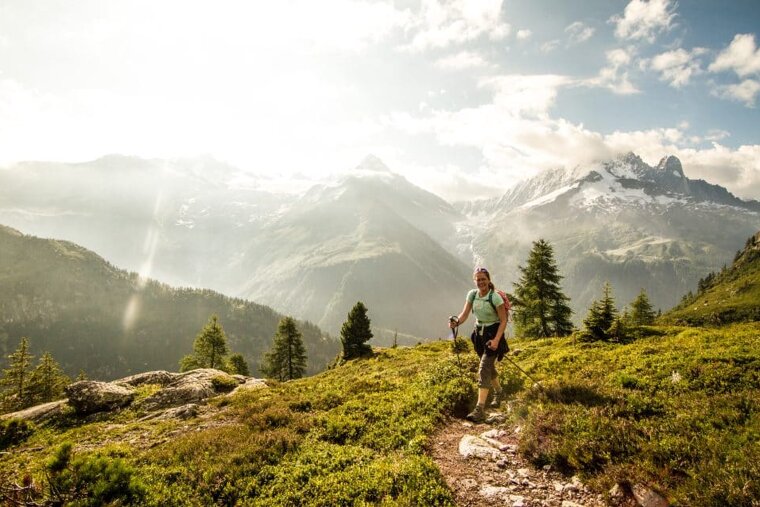
There are a number of sports shops in Avoriaz stocking all the equipment and accessories you might need.
Refuges and huts
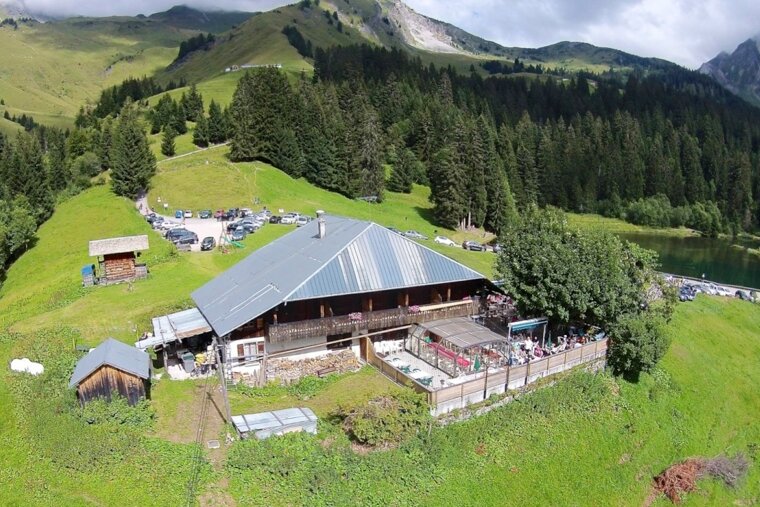
There are a few mountain huts or refuges in the area, should you wish to extend your day trip into an overnight one.
Safety advice
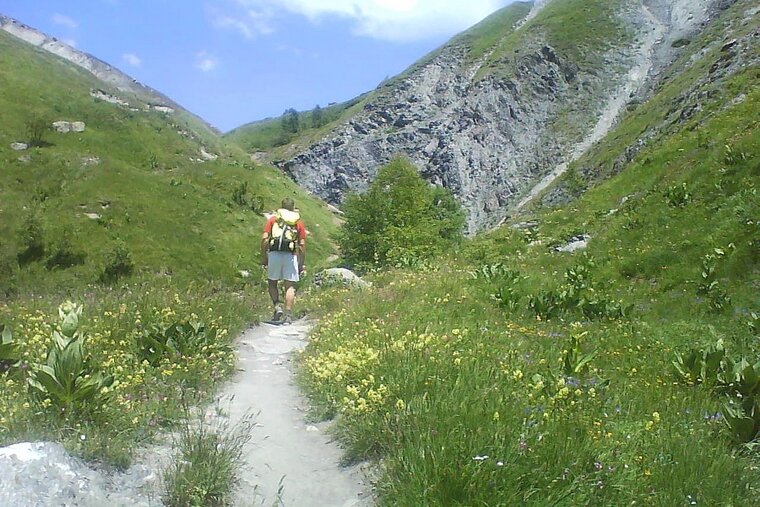
Although the footpaths are very well maintained and signposted, you should always exercise caution when venturing into the mountains, particularly at the beginning of the summer season when there may still be snow covering some parts of the footpaths, which must therefore be crossed with caution. Frozen avalanche debris can remain in the gullies until well into the summer making it dangerous for an ill-equipped or inexperienced walker to cross.
Before you embark on any activities in the mountains you should remember that you are likely to be at a considerably higher altitude with more rugged terrain than you are used to at home. For that reason it is particularly recommended that you:
are as physically fit as possible
- ensure you are fully aware of your limitations and of those accompanying you (children and elderly people)
are appropriately equipped
- choose sturdy footwear with ankle support, warm, water repellent clothing (even if the sun’s been beating down for days), sun cream, sunglasses, map, plenty water, food and snacks, first aid kit
check your itinerary with the tourist office
- even the easiest and best marked trails can present unexpected hazards such as rock slides or snowfall
allow plenty time for your chosen route
- leave an extra margin in case of incident
- let someone know where you are going and when you expect to be back
- nightfall may take you by surprise so it's wise to carry a flashlight or headtorch, don't rely on your phone in case of battery problems
check the weather forecast
- it's always advisable to check the weather forecast before setting off as this can greatly affect your walk or hike
stay on the marked trails
- especially important on steep slopes or precipices
- never take short cuts as doing so causes erosion, channelling the rain water and resulting in deterioration of the trails that are so hard to maintain
respect the environment
- the mountains here are breathtakingly beautiful but the balance of nature is very fragile
- in order to maintain the beauty of the valley; don’t light fires, ensure you take your rubbish with you, leave the flowers for others to admire and avoid making excessive noise that may disturb the wildlife
ensure your dog is kept on a lead where necessary
- look out for signs requesting that you keep your dog on a lead
- some areas are prohibited to dogs altogether, which is done to protect local wildlife
- it is prohibited to let your dog off the lead at all between 15 April and the end of June (it's breeding season for many mountain species and it is important that the animals are left in peace)
look out for Patou dogs protecting herds
- increasingly hikers in the French Alps are coming across herds of cows, sheep or goats that are protected by these large white coated dogs
- raised from puppies with the flock, they are there to protect them from the growing wolf population in France
- if you come across a Patou:
- keep calm, speak softly and yawn*
- do not make eye contact
- wait for it to assess you and let it sniff you if approached
- put something between you and the dog - a backpack, hat, jumper
- do not touch it
- DO NOT RUN… retreat slowly without turning your back on it
- if followed keep walking at an even pace - it should soon get bored and turn back
- educate children on how to act around Patous and their flocks
- keep your dog on a short lead and under control going far around any flocks you encounter, and if in doubt, turn back, but if attacked let your dog go…
*yawning is reportedly a sign of appeasement among dogs?!?





